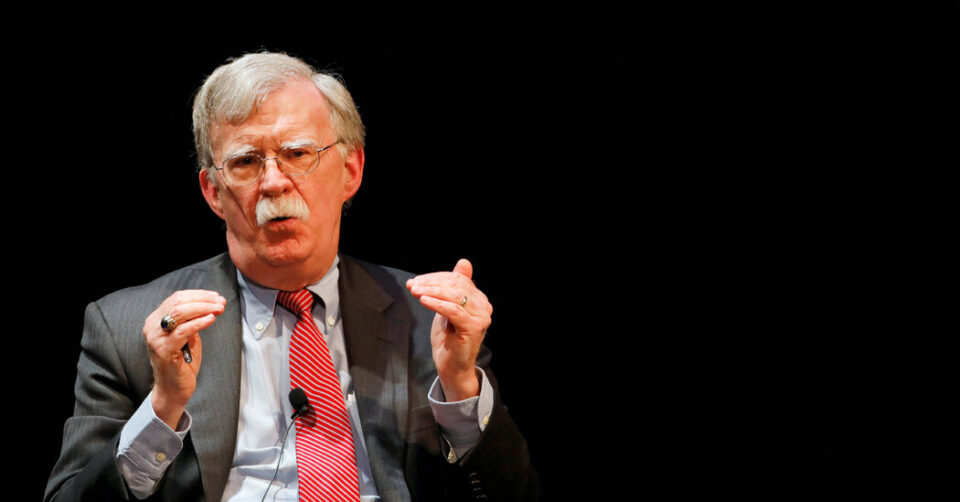
“Iran has a history of plotting to assassinate individuals in the U.S. it deems a threat,” said Larissa L. Knapp, the executive assistant director of the F.B.I.’s national security branch, which worked on the case with the Justice Department and Secret Service.
By November, Mr. Poursafi had been introduced to several other Americans on an encrypted messaging platform, and made a stunning offer to one of them, the person who turned out to be the informant: He would pay $250,000 to “eliminate” Mr. Bolton, who had left the White House in late 2019 after a tumultuous year-and-a-half tenure.
Mr. Poursafi later hiked the offer to $300,000, then added that he had an unspecified follow-up “job,” for which he would pay $1 million, officials said. Justice Department officials have informed Mike Pompeo, who took a hard line on Iran as Mr. Trump’s secretary of state, that he was the second target for assassination, according to a person close to Mr. Pompeo.
Mr. Poursafi never tried to conceal his connection to the Revolutionary Guards. In fact, he seemed to use his status to intimidate would-be conspirators, U.S. officials said.
By early 2021, he was sharply increasing pressure on the informant to move ahead with the assassination, sending detailed information on the location of Mr. Bolton’s office and residence. In January, he provided the informant “with specifics regarding the former national security adviser’s schedule that do not appear to have been publicly available,” according to a narrative of the case provided to reporters by the Justice Department.
Mr. Poursafi also urged the informant to set up a cryptocurrency account for payment. He made it clear, however, that he would make the deposit only after the job was done, and he demanded the informant videotape the killing. He warned the informant, darkly, that his bosses in Tehran would be “angry” if the job were not completed to their satisfaction.


